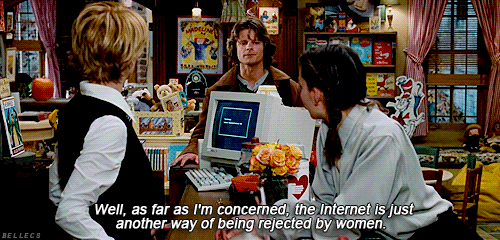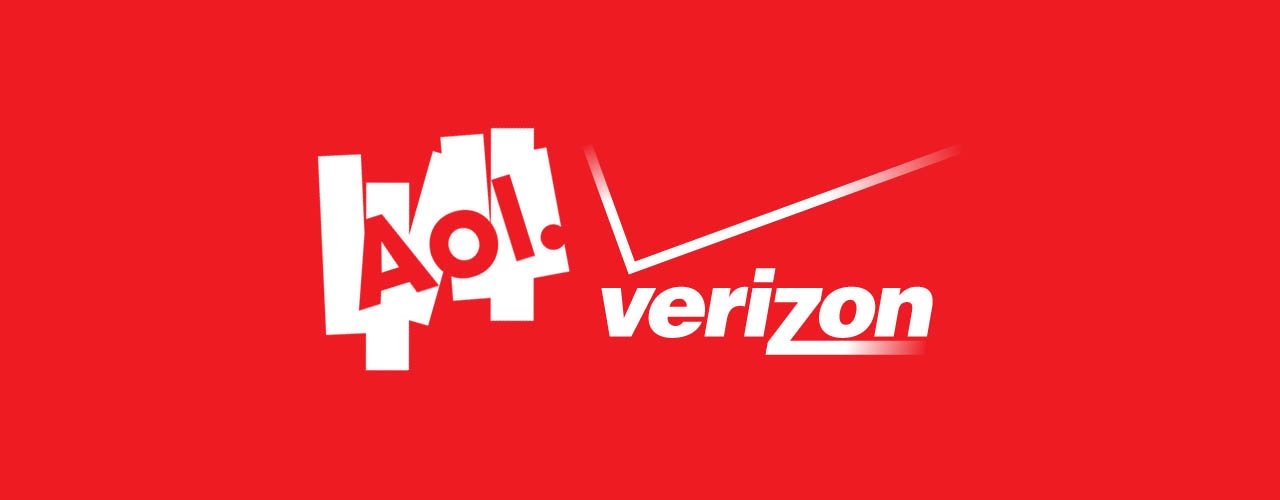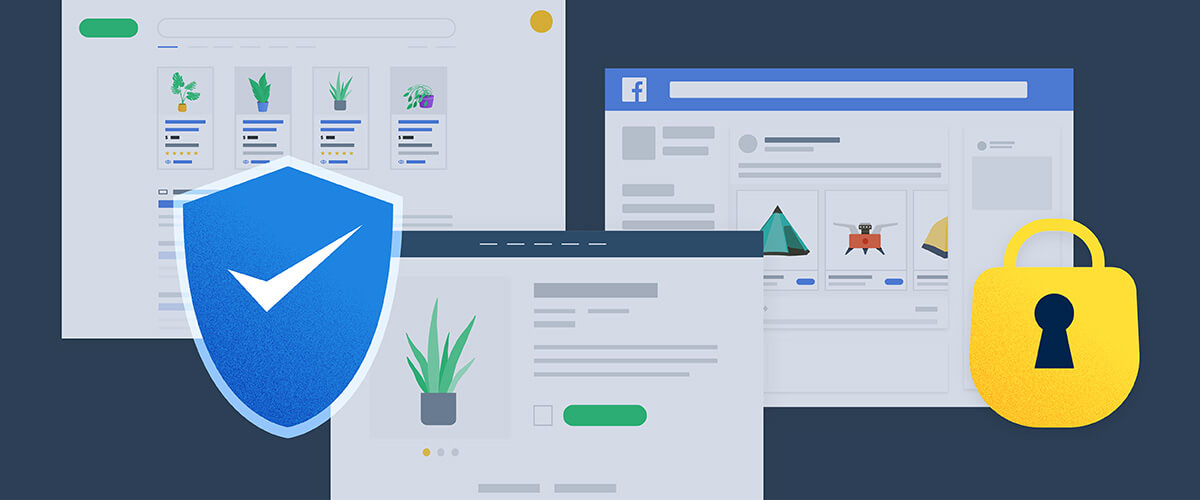Business, tech, and advertising news sites are buzzing: Verizon bought AOL this Tuesday for $4.4 billion, or $50 per share. Say what?!
To those of us not up to speed on AOL’s net worth, this news seems to come out of the blue. Last we heard of AOL, Meg Ryan was on the uphill side of forty and “You Got Mail” was in theaters. So what happened?

During the past ten years, AOL has diversified. What started out as a dial-up Internet and email provider has long since become a media company, says AOL CEO Tim Armstrong. The company owns Huffington Post, Engadget, and TechCrunch, all well-known media sources.
But like many media companies, it sees significant revenue from its third-party ad division — more specifically, ad technology. A former Googler, Armstrong led the company to invest in ad tech companiessuch as StudioNow, GoViral, and Vidible, ventures which allowed the company to bring in $1.8 billion in advertising last year.
Using AOL’s ad tech and Verizon’s access to mobile users, the two companies will strive to create what Verizon has called a “mobile-first platform for ads.” Verizon will also be launching its own streaming video service, which they will use to bring more video (and serve more ads) to mobile subscribers.
Just like Google and Facebook, Verizon has plenty of login data that can be used to pull demographics for ad targeting. “If Verizon creates a single identifier and grants exclusivity to AOL’s ad-tech platform, the result could be valuable for advertisers and lucrative for the combined entity,” says Ad Age.
AOL owes much of its current value to Armstrong, who was able to turn things around for the company after losing millions of dial-up subscribers to broadband and billions of dollars in the recession. The loss came soon after their 2000 merger with Time Warner, which, due to differences of opinion and economic factors, did not go well.
Despite the failed 2000 merger, most analysts see this week’s deal as a savvy business move. In order to gain an expanded marketing reach, it makes sense right now for tech companies in different industries to merge. The Verge illustrates this best with a quote from analyst James McQuivey of Forrester Research. According to McQuivey, “the deal makes sense in a way that Comcast’s intra-industry urge to buy Time Warner did not: With this move, Verizon will become a global media player, extending its reach to hundreds of millions more people than it could in its current business, at a much lower cost than trying to acquire a different network provider.”
Oh, and also, more than 2 million people across the country are still paying AOL $20 per month for dial-up. That helps. Dial-up subscriptions brought AOL $606.5 million in revenue in 2014, according to Quartz. Although these numbers are slowly decreasing, dial-up may unfortunately be here longer than we think. Continued dial-up use is likely an issue of both access and poverty, says PJ Vogt for On the Media last year.
All in all, this adds up to a pretty sunny forecast for both Verizon and AOL.
And for the rest of us? A few takeaways. First, maybe we should all look into buying some AOL stock. Also, over the next few years, we definitely need to keep an eye on the competition between ad platforms like Facebook, Google, and now, Verizon. Online advertising is indeed a hot market.

Logical Position, an Inc. 500 digital agency supporting 5,000+ clients across North America. LP is the proud recipient of Google’s Lead Generation Premier Partner of the Year and Microsoft's Global Channel Partner of the Year 2024! The award-winning agency offers full-service PPC management, SEO, Paid Social, Amazon and Creative Services for businesses large and small. As a Google Premier Partner, Microsoft Elite Partner & Meta Business Partner, LP is in the top 1% of ad spend managed across platforms.



